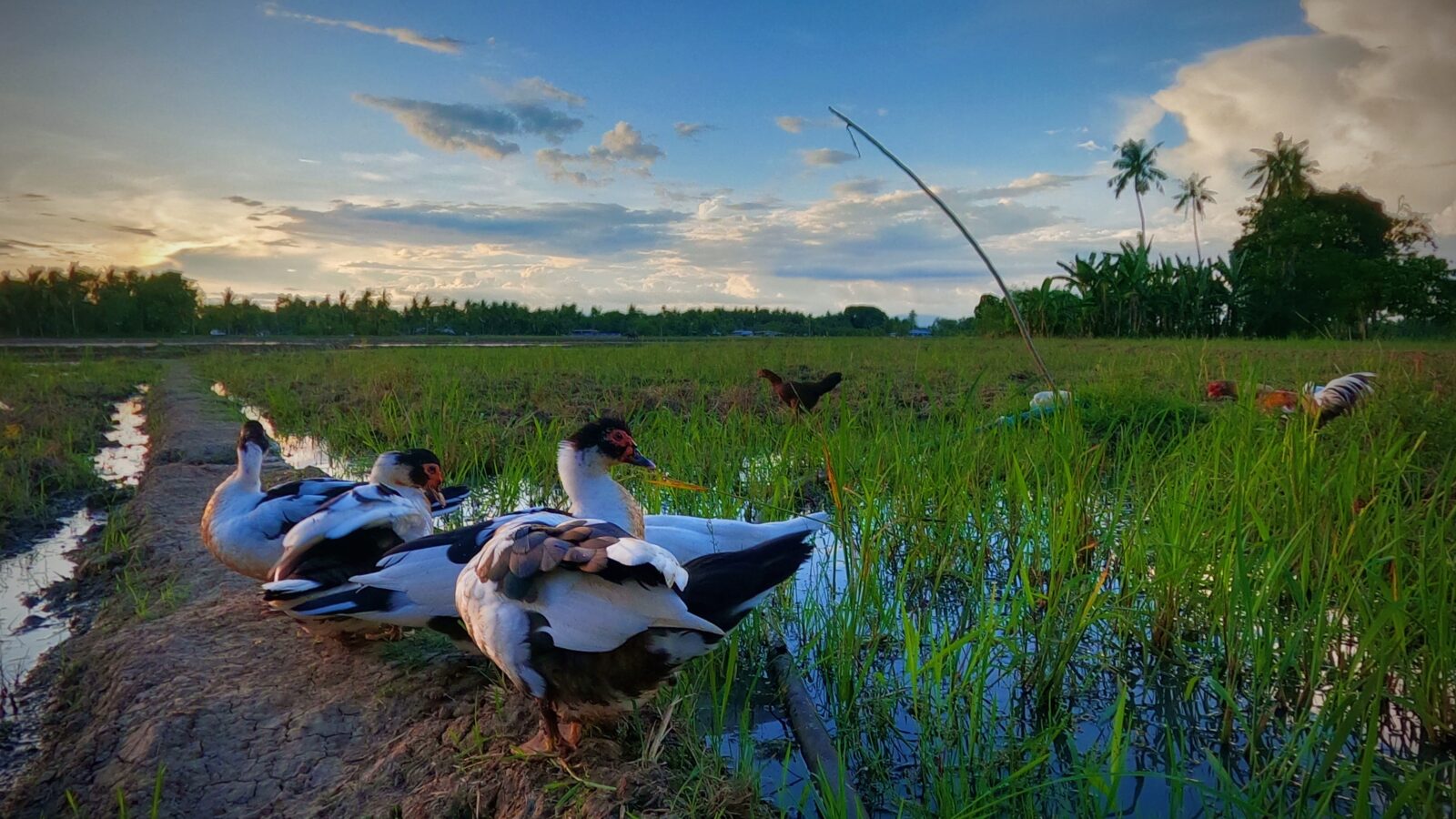
By: USA Rice Federation
There’s no doubt that rice, waterfowl and wetland habitats work cohesively to form a perfect ecosystem, and a recently published report puts a monetary value on those existing rice lands. Authored by DU scientists for The Rice Foundation, the study found that the cost of attempting to replace rice lands with natural wetland habitat would exceed $3.5 billion.
All three rice-growing regions of the United States – the Mississippi Alluvial Valley (MAV), Gulf Coast and California’s Central Valley– overlap directly with the continent’s most important waterfowl wintering grounds. According to the study, more than 40 percent of the food resources available to wintering dabbling ducks along the Central Valley and Gulf Coast derive from flooded rice fields. The values for geese are higher because of dry-land feeding.
Unfortunately for waterfowl and rice farmers alike, all three regions face challenges as it relates to keeping rice on the land. Water supplies for rice production are under increasing pressure in all areas, and many producers may be forced to adopt practices that provide far fewer benefits for waterfowl.
Because of the significance of rice lands for waterfowl habitat, the two groups formed the USA Rice-DU Stewardship Partnership in 2013 to advocate for sound agriculture- and conservation-related policies and to promote the important ecosystem benefits of rice agriculture.


